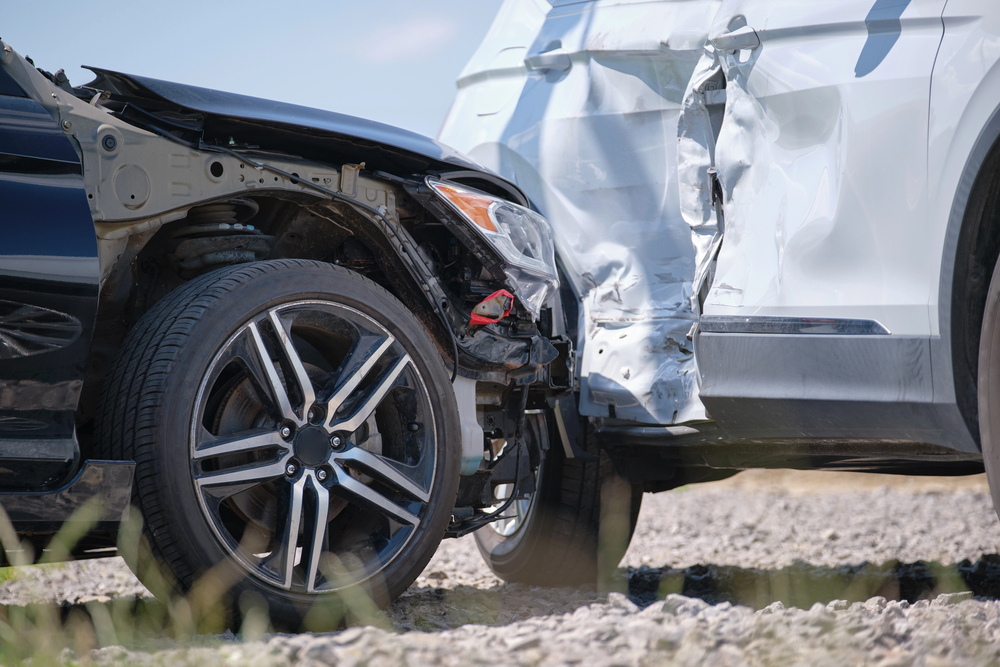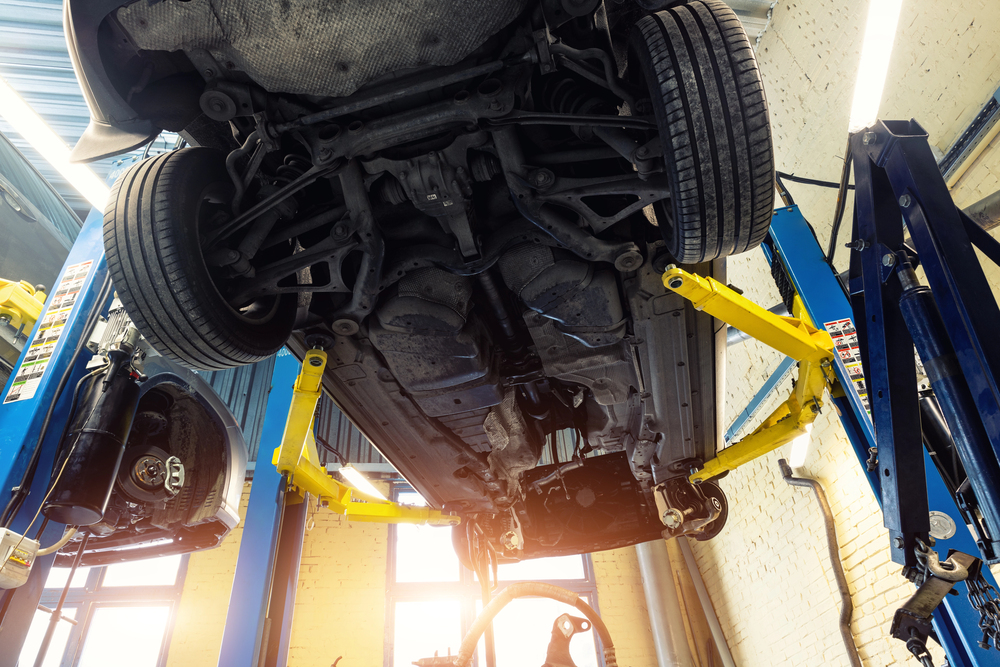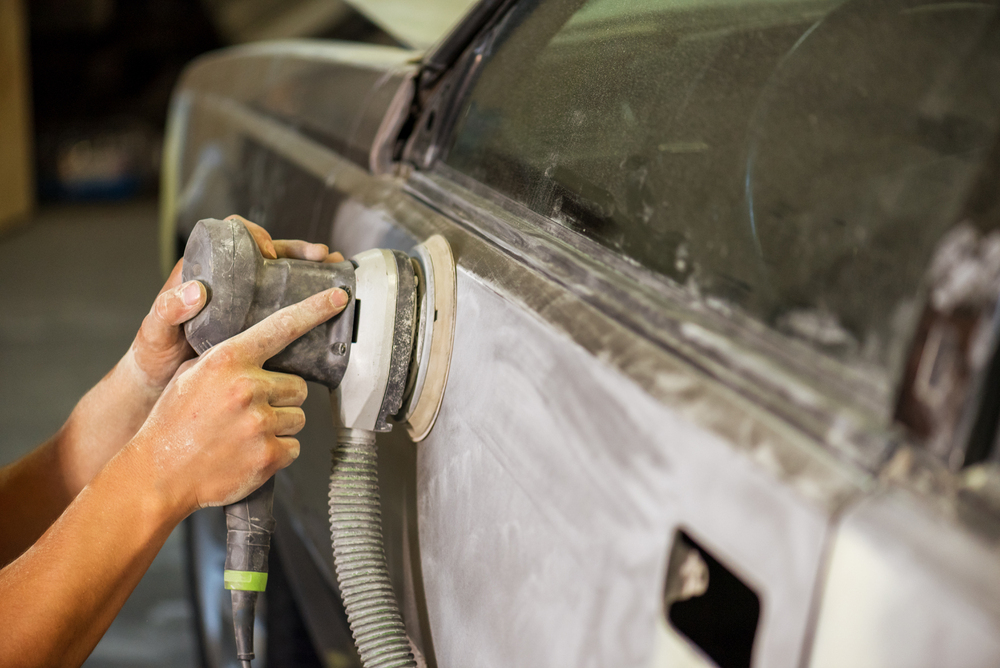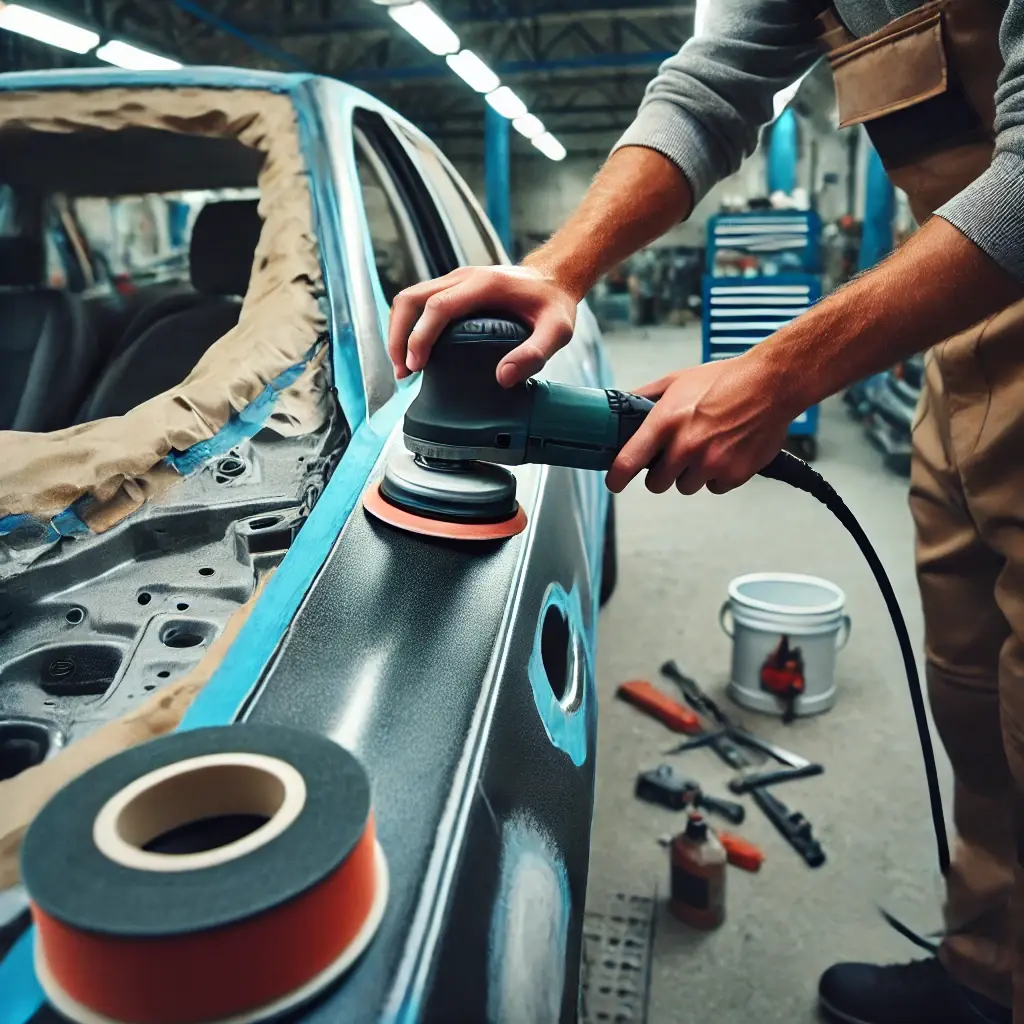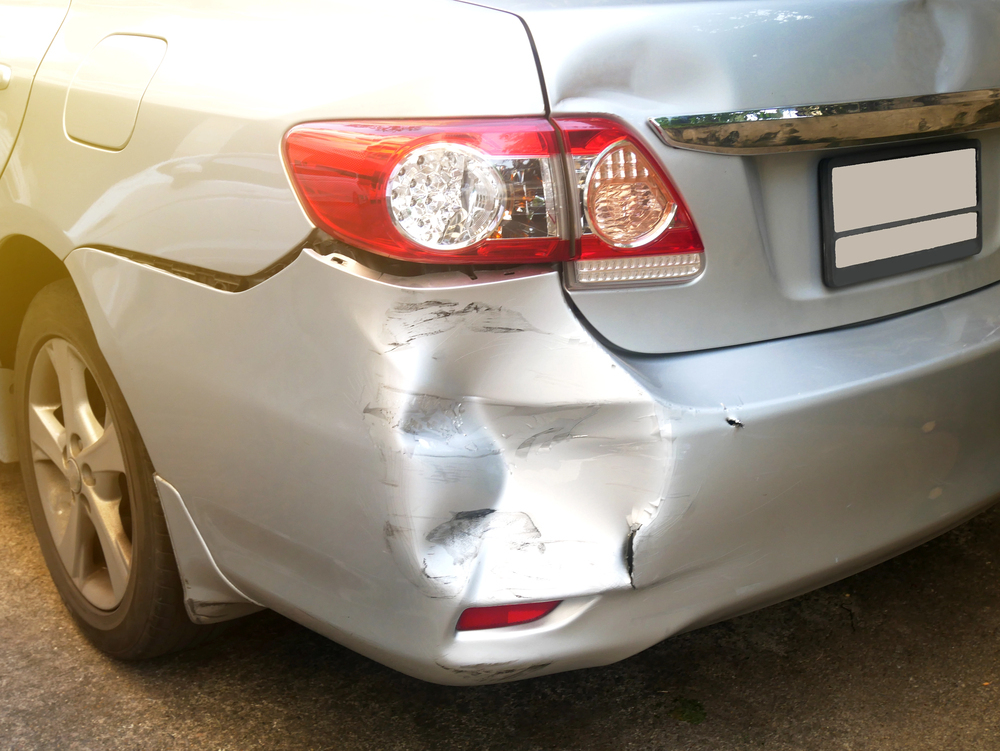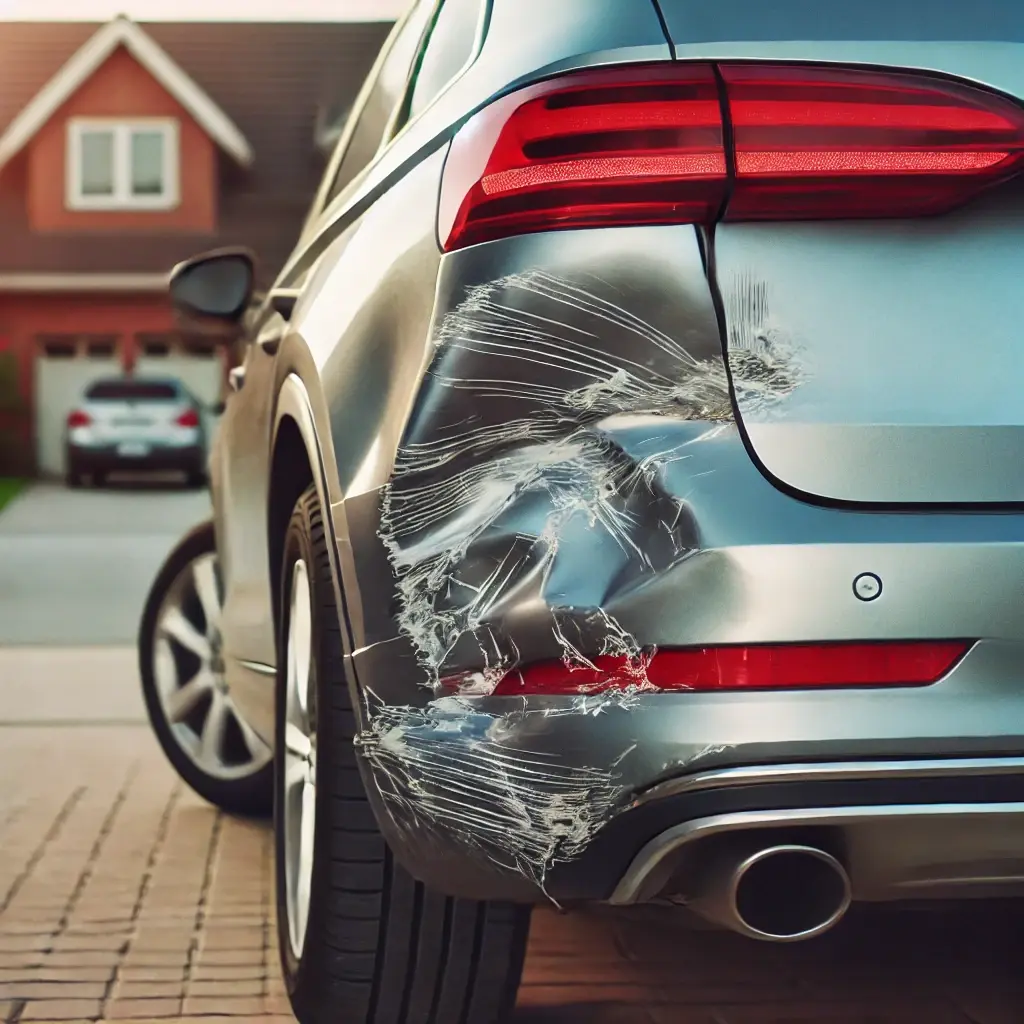Imagine getting into your car after waiting for it to be repaired after a collision only to find that it is noisier than ever. Whistling and other wind sounds can be distracting and frustrating, especially after receiving your car back from a mechanic. This unexpected issue can stem from a variety of factors, including misaligned panels, faulty seals, or windshield replacements. Let’s explore why repaired cars sometimes have more wind noise and what can be done to fix it.
Key Takeaways
- Wind noise after a repair is often caused by misaligned body panels, doors, or trim, creating gaps that disrupt airflow and let wind in.
- Damaged or improperly sealed weather-stripping around doors, windows, or the windshield can allow air leaks, leading to whistling sounds while driving.
- A poorly installed windshield may not be fully sealed, causing wind to enter through small gaps, especially at higher speeds.
- Side mirrors or trim that were removed or repositioned during repairs may not sit flush, increasing turbulence and contributing to excessive wind noise.
- Using aftermarket or ill-fitting replacement parts can alter the vehicle’s aerodynamics, so choosing OEM parts and ensuring precise installation can help maintain a quiet ride.
Common Causes of Increased Wind Noise After Repairs
Here are the causes of wind noise in a vehicle:
1. Misaligned Body Panels or Doors
Even if your car looks fine after a repair, slight misalignments in the doors, hood, fenders, or trunk can create gaps that allow wind to seep in. Vehicles are designed with tight panel gaps to minimize air resistance, so even a minor imperfection can disrupt airflow and lead to noticeable wind noise.
The solution is to check for uneven gaps around the doors, hood, and trunk. If you notice any gaps or misalignment, take pictures and then return your car to the repair shop for adjustments. Optionally, you can go somewhere else. It is important that panels correctly fit together for structural stability and aerodynamics.
2. Damaged or Improperly Sealed Weather-Stripping
Weather-stripping is the rubber seal around doors, windows, and the windshield that prevents air and moisture from entering the cabin. If these seals were removed or replaced during repairs, they might not be reinstalled correctly, leading to gaps where wind can pass through.
You can determine if the wind noise is caused by a weather-stripping issue by inspecting it. Also, try the dollar bill test: close the door on a dollar bill and see if it slides out easily. If it does, the seal may not be tight enough. Often, the seals can be replaced using DIY methods, but you can always go back to the repair center.
3. Windshield Replacement Issues
If your windshield was replaced after an accident, improper installation could be the cause of increased wind noise. A poorly sealed windshield can allow air to whistle through small openings, especially at higher speeds.
You may hear a whistling while driving. Press lightly along the edges of the windshield to see if they feel loose. If you suspect a poor seal, return to the repair shop for a windshield inspection and resealing if necessary.
4. Side Mirror or Trim Misalignment
Side mirrors and exterior trim pieces are designed to reduce wind resistance and direct airflow efficiently. If these components were removed or repositioned during repairs, they may not sit flush against the vehicle, increasing turbulence and noise.
To figure out if there is a mirror or trim misalignment, you can touch the area or visibly inspect it. You should be able to see the uneven surface. If they appear loose or uneven, have them readjusted by a professional. Furthermore, ensure any missing clips or fasteners are replaced to hold trim securely in place.
5. Changes in Aerodynamics
Even small modifications to your vehicle’s aerodynamics—such as replacing body panels with slightly different parts—can affect how air flows around the car. If replacement parts aren’t an exact match to the original design, they can create subtle airflow disruptions that lead to wind noise.
One of the reasons you should go to a certified collision repair center like Elmer’s Auto Body rather than a direct partner of your insurance company is the use of OEM parts. Aftermarket parts may not fit correctly. If aftermarket parts were used, insist on having them swapped for manufacturer-approved parts. Optionally, adding deflectors or minor adjustments to trim might help restore proper airflow.
Get Professional Repairs from a South Jersey Collision Repair Center
If wind noises has increased after repairs, it is a sign that something is amiss. A certified collision repair center can identify any misalignments, faulty seals, or other overlooked issues that may have been overlooked by the other mechanics.
At Elmer’s Auto Body, we understand how frustrating it can be to need repairs after getting repairs. That is why we hold ourselves to a higher standard. Our technicians ensure that every repair meets factory specifications, minimizing the chances of wind noise or other concerns. If your car is louder than usual after a repair, visit one of our South Jersey locations for a thorough inspection. We’ll make sure your vehicle is properly sealed and aligned, so you can enjoy a quiet and comfortable ride once again. Contact us today!


